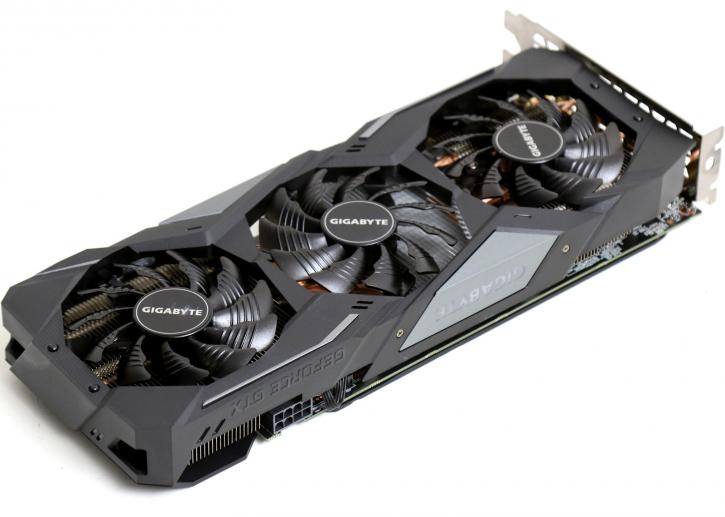Introduction
Gigabyte GTX 1660 SUPER GAMING OC 6G review
We review the Gigabyte GTX 1660 SUPER GAMING OC 6G, a product with a triple-fan cooler as well being factory tweaked with a Boost allowance of 1860 MHz. Will it make all the difference compared to the competition. and what about temps and acoustics eh? The time of embargoes now is behind us, it will still be based on the very same TU116 with 1,408 shaders processors. SUPER edition card comes with faster GDDR6 memory but remains to be a GTX 1660 in its pure essence. Aside from the factory tweaked products the base clock is the same as well at 1530 MHz with a boost clock of 1785 MHz (reference clock). So the SUPER versions differ in-memory configuration only, compared to the non-super model. The graphics memory will run 14 Gbps GDDR6
GTX, not RTX. The 1660 Series is based on the mainstream GPU called TU116. To make it an affordable solution The NVIDIA did not implement DX-R and DLSS features, which means there are no RT and Tensor cores on this GPU. It's a fall back towards the original shader design model. And that's where we land today with this review. The TU116-400 GPU has 1536 shader cores (aka CUDA cores / Stream processors) tied to 6GB memory. Released are the GeForce GTX 1660 and the 1660 Ti. The Ti variants have seen first launch wave and get GDDR6 graphics memory, the non-Ti was fitted with GDDR5 graphics memory in 6GB and 3GB configurations. In the year 2019 we, however, could never advise a 3GB graphics card. The 1660 series is making use of the Turing architecture and will not have Raytracing and Tensor cores, this is why NVIDIA dropped the RTX suffix back to GTX. New in this range is the 1660 SUPER, with a distinct difference compared to the regular 1660, the memory subsystem at GDDR6 at 14 Gbps, coming from GDDR5 at 8 Gbps.
As you can observe, compared to the RTX 2060, the GTX 1660 Ti has got to deal with fewer shader processors, which is substantial. The reference frequencies, however, are spicy, with a reference boost frequency up-to 1770 MHz and the factory tweaked models running into an up-to 1850 MHz domain. The new cards, (if priced right) can become NVIDIA's new moneymaker, as they should offer very decent gaming performance in the 1080p and 1440p resolutions. NVIDIA is not distributing a reference design card to the media. Ergo, the reviews you'll see are mostly based on AIB partner cards.
Gigabyte GTX 1660 SUPER GAMING OC 6G
Gigabyte is back with that familiar design based on the original Windforce series. This triple-fan cooling solution will make sure that the GPU is cooled well as well as offering proper acoustic levels. Armed with a factory tweak of 1860 Mhz on the boost clock is their fastest clock product we have received for this launch. it is all relative these days though as performance is more a result of TDP allowance rather than high clocks that can throttle when they hit that power limiter. Having smaller TU116 silicon with close to 6.6 Billion transistors it doesn't run very warm. The cooler applied is offered in a dual-slot design. The card comes fitted with one PEG (PCI Express Graphics) power header (8-pin). It's an okay looking product with good cooling and acoustic performance. The backside reveals a backplate, albeit completely closed and make no mistake, it's all plastic.
The card offers one HDMI port and three DisplayPorts. There is no DVI and/or Virtual link (USB) connector. This Turing 116-300 GPU empowered product keeps that GPU at roughly 65 Degrees C marker depending on game load whilst remaining virtually silent. The GDDR6 memory has been not been tweaked, the ICs are stock 14 Gbps (effective clock-rate) but can be bumped upwards towards the 15 Gbps region with the flick of your fingers as we'll show you in the tweaking chapters.


